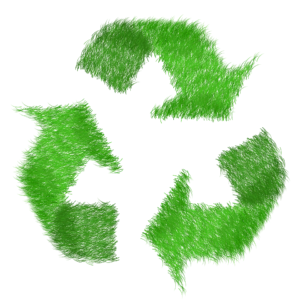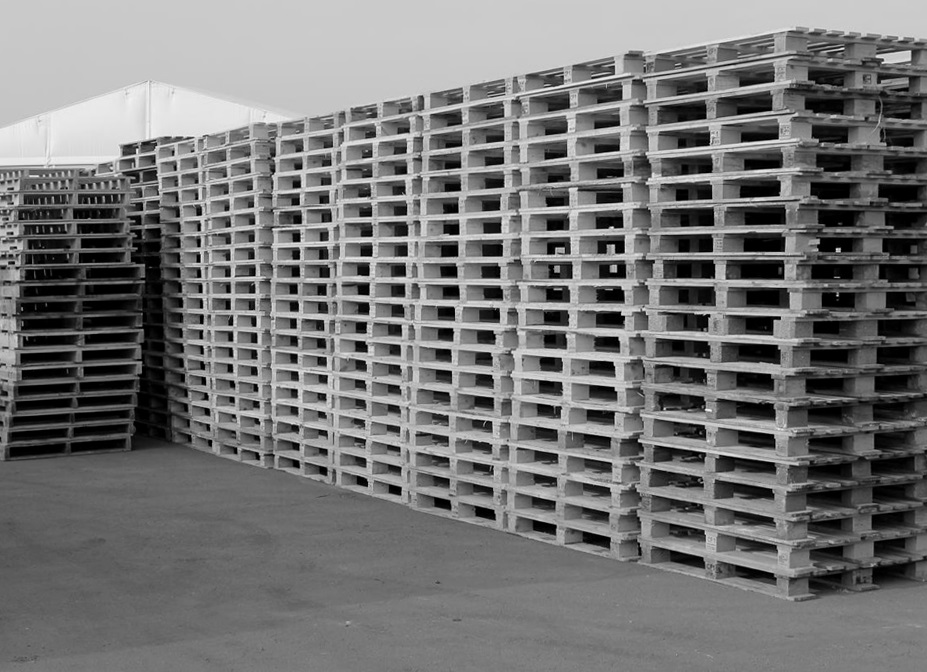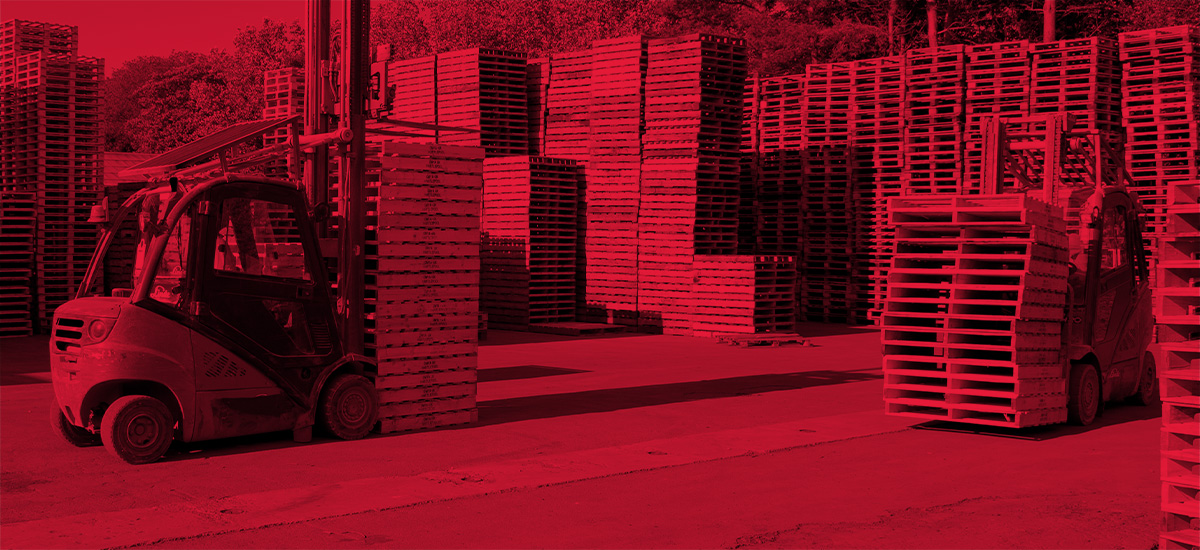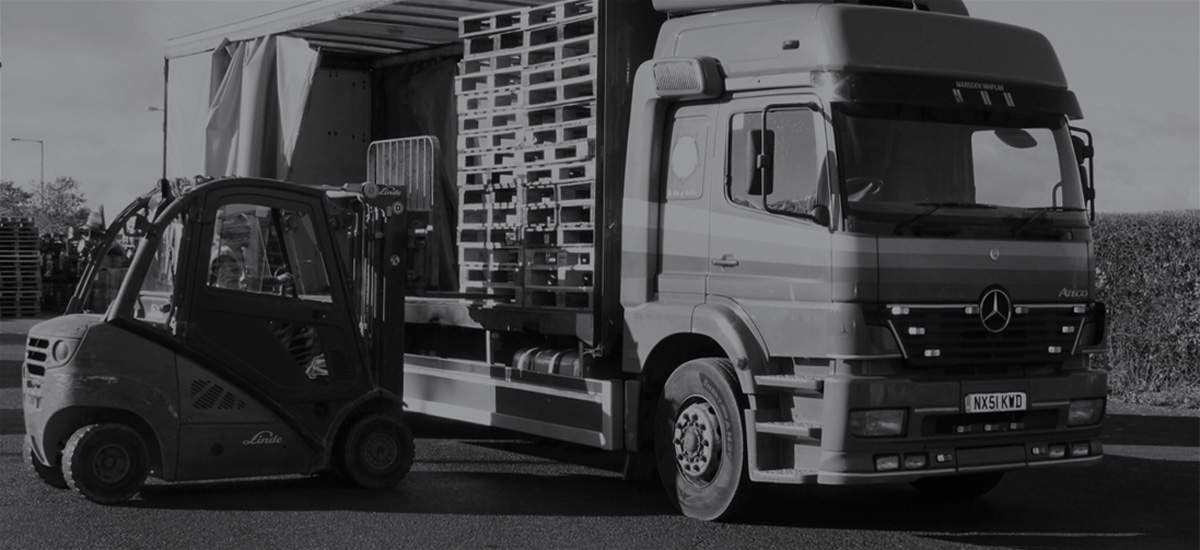
Should used pallets be reused, recycled or processed for energy recovery? The rising price of timber may sway your thinking.
There’s a fine line between reuse, recycling and energy recovery, mainly down to how much it costs to do each. As the price of timber continues to rise, the reuse of pallets needs to be increasingly considered as a viable – and cost-effective - alternative to recycling.
Wooden pallets are made of Grade A timber which means they are ideal for recycling into new products such as animal bedding. Similarly, with objectives to identify renewable energy sources, biomass has taken a lot of reconditioned pallets out of the market as they are shredded to burn as a ‘clean’ fuel.
The knock-on effect of this is that there are fewer used pallets in the market that could be repaired back to full working order and reused. Therefore new ones need to be manufactured to replace the ‘missing’ reusable pallets, which means the costs are much higher.
According to the Poyry Index, which provides information on the purchase cost of pallet timber, over the last six years the price of timber has increased by more than 25%.
We’ve previously talked about the Government targets for packaging reuse, and, with evolving targets on recycling and reuse, could this timber price trend start to force pallet collections for reuse as an option for businesses to reuse their existing pallets?

While chipping wood for biomass is a great energy recovery outlet for scrap pallets and animal bedding can be created from recycled pallets, if a pallet still has life in it then it should continue being used until a point when it is beyond repair. Then the recycling and energy recovery options can be explored.
Here at RPS, we’ve always been conscious of our environmental impact, and for that reason, we primarily reuse pallets time and time again until they’re finally recycled.
What do you think about the benefits of reusing and recycling? Tweet us your thoughts at @RPS_Limited.







